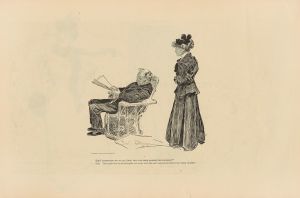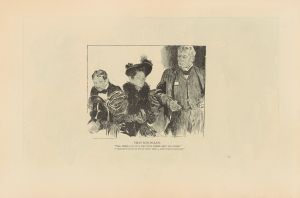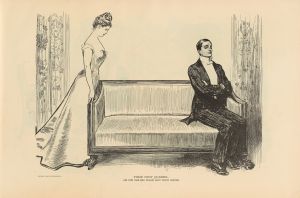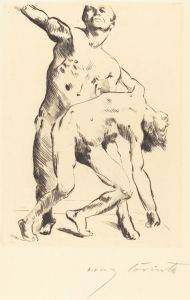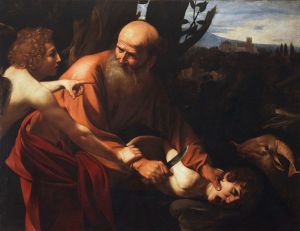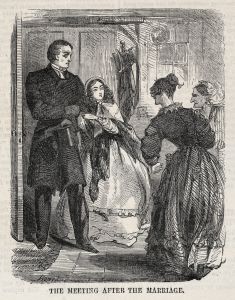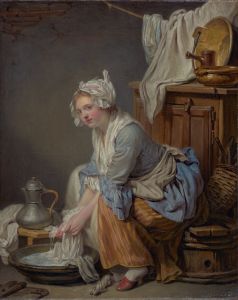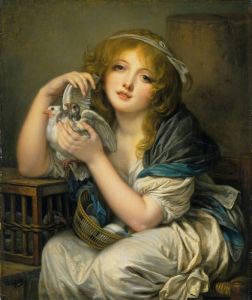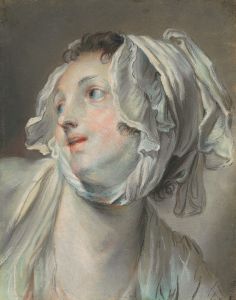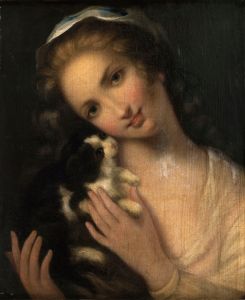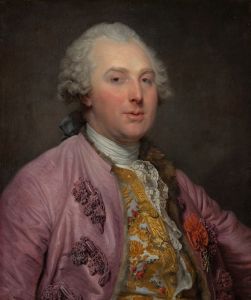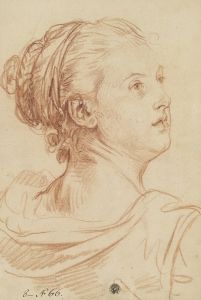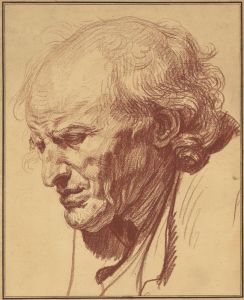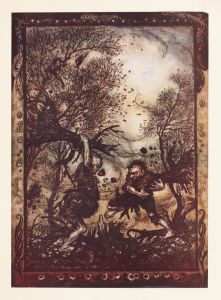
The Angry Wife
A hand-painted replica of Jean-Baptiste Greuze’s masterpiece The Angry Wife, meticulously crafted by professional artists to capture the true essence of the original. Each piece is created with museum-quality canvas and rare mineral pigments, carefully painted by experienced artists with delicate brushstrokes and rich, layered colors to perfectly recreate the texture of the original artwork. Unlike machine-printed reproductions, this hand-painted version brings the painting to life, infused with the artist’s emotions and skill in every stroke. Whether for personal collection or home decoration, it instantly elevates the artistic atmosphere of any space.
Jean-Baptiste Greuze was a prominent French painter of the 18th century, known for his genre paintings, portraits, and moralizing scenes. One of his works, "The Angry Wife," exemplifies his skill in capturing human emotion and domestic drama. Greuze's paintings often depicted scenes of everyday life, infused with moral lessons and emotional depth, which resonated with the sensibilities of the Enlightenment period.
"The Angry Wife" is a genre painting that illustrates a domestic scene, a common subject in Greuze's oeuvre. While specific details about the creation date and the current location of "The Angry Wife" are not widely documented, Greuze's works from this period typically reflect the social and familial themes prevalent in 18th-century France. His paintings often served as visual narratives that conveyed moral messages, aligning with the didactic purpose of art during the Enlightenment.
Greuze's technique in "The Angry Wife" would likely include his characteristic attention to detail and expressive portrayal of characters. His ability to depict nuanced facial expressions and body language allowed him to convey complex emotions and interpersonal dynamics effectively. This skill is evident in many of his works, where he captures the subtleties of human interaction and the tensions within domestic settings.
The composition of "The Angry Wife" would typically involve a careful arrangement of figures and objects to enhance the narrative and emotional impact. Greuze was known for his use of light and shadow to create depth and focus within his paintings, drawing the viewer's attention to the central action or emotion of the scene. His color palette often included soft, natural tones that added to the realism and intimacy of his domestic portrayals.
Greuze's work, including "The Angry Wife," was well-received during his lifetime, as it aligned with the tastes and values of the Enlightenment audience. His ability to blend realism with moral storytelling made his paintings popular among patrons who appreciated both the aesthetic and educational aspects of art. However, Greuze's reputation experienced fluctuations over time, with his style falling out of favor during the rise of Neoclassicism, only to be reassessed and appreciated by later art historians and collectors.
In summary, "The Angry Wife" by Jean-Baptiste Greuze is a testament to the artist's mastery of genre painting and his ability to convey emotional and moral narratives through art. While specific details about this painting are limited, it fits within the broader context of Greuze's work, characterized by its focus on domestic life, emotional expression, and moral themes.





